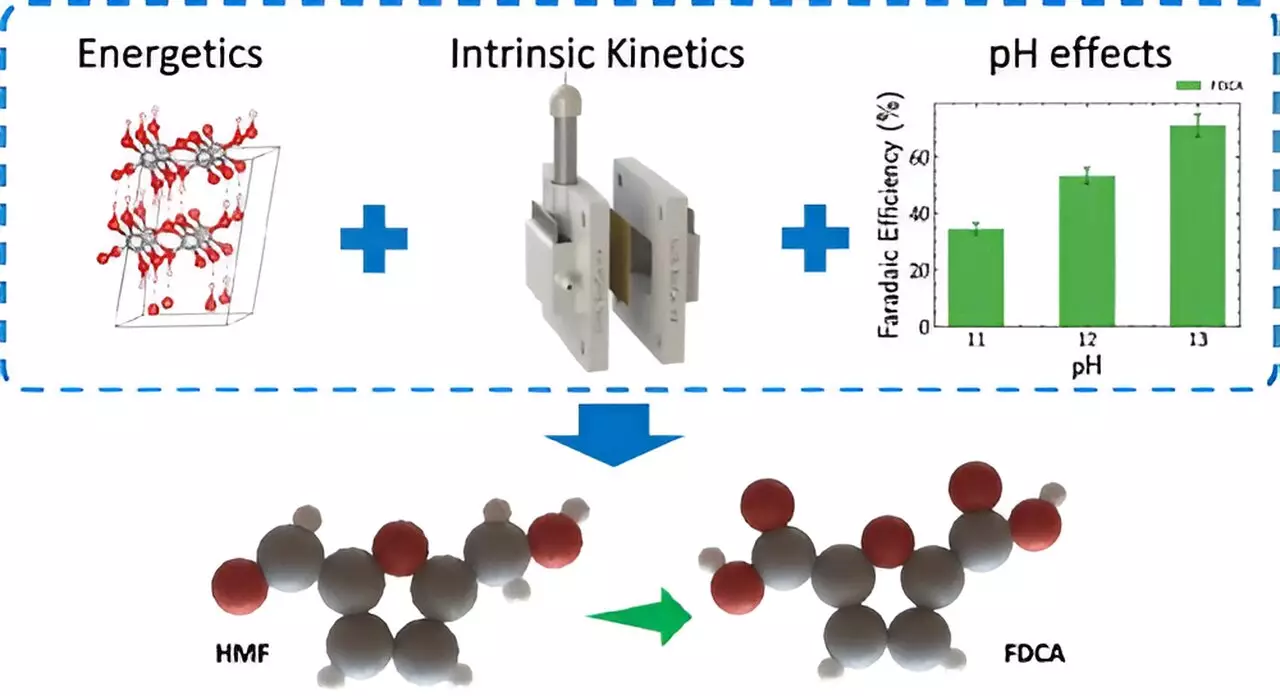The quest for greener and more sustainable methods in chemical production has gained momentum in recent years, propelled by advancements in electrochemical techniques. A pioneering initiative from the Lawrence Livermore National Laboratory (LLNL) showcases a new electrochemical approach that promises to substantially reduce energy consumption while simultaneously advancing cleaner production methods. This innovative approach, centered on thin-film nickel anodes, opens up new avenues for sustainable chemical manufacturing, demonstrating that the integration of scientific research with practical application can yield significant environmental benefits.
One of the standout features of this new method is the utilization of thin films in the catalytic process. Thin films offer a uniform surface that is crucial in studying the performance of catalysts. According to LLNL postdoc Aditya Prajapati, this uniformity is key as it eliminates complications often associated with irregular surface structures. By applying a consistent surface during experimentation, researchers can attain clearer insights into catalyst behavior. This enhanced understanding is essential for optimizing chemical reactions and making them more efficient, as confirmed by the project’s principal investigator, Christopher Hahn. The implications are profound: by refining our grasp of catalytic processes, scientists can significantly improve the efficacy of chemical production methods.
Traditional electrolyzers face challenges regarding energy efficiency, primarily due to the requirements for oxygen evolution at the anode. This research proposes a transformative solution by substituting the oxygen evolution reaction with biomass oxidation. The implications of this adjustment are staggering, potentially slashing energy consumption by over 50%. The specific focus of this work is on converting 5-Hydroxymethylfurfural (HMF) derived from biomass into 2,5-Furandicarboxylic acid (FDCA). This conversion not only elevates the efficiency of chemical reactions but also catalyzes the emergence of sustainable plastics like polyethylene furanoate (PEF), which aligns with global efforts to mitigate dependence on petroleum-based materials.
The significance of these findings extends beyond energy efficiency, touching upon the urgent need for sustainable practices in chemical production. By adopting this cutting-edge electrochemical method, there is a marked reduction in carbon emissions and a decrease in reliance on toxic byproducts generated through conventional methods. Nitish Govindarajan, a key contributor to this project, highlights that the electrochemical route offers a cleaner alternative devoid of the high temperatures and hazardous waste associated with traditional approaches. Utilizing biomass as a renewable feedstock not only fosters sustainability but also promotes a circular economy, reinforcing the responsible use of natural resources.
What’s particularly exciting is the trajectory toward achieving a zero-carbon footprint. By coupling this electrochemical oxidation process with renewable energy sources, the possibility arises for carbon-neutral chemical production. This aligns with global sustainability goals, illustrating that innovation in the chemical sector is not merely an ambition but a tangible reality. Furthermore, the collaborative effort from a diverse research team, including contributions from international institutions, underscores the global commitment to reimagining chemical production for a sustainable future.
This novel electrochemical method devised by LLNL researchers offers a compelling vision for the future of chemical manufacturing. By harnessing the power of thin films and focusing on biomass conversion, this research directly addresses the dual challenges of energy inefficiency and environmental impact in conventional methods. The implications for sustainability are vast, revealing a path toward cleaner production practices that can support a circular economy and potentially yield a zero-carbon future. As this field continues to evolve, such innovations exemplify the critical role of scientific research in forging a more sustainable world.

